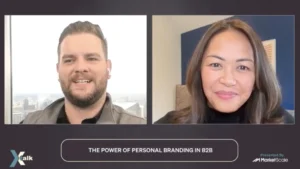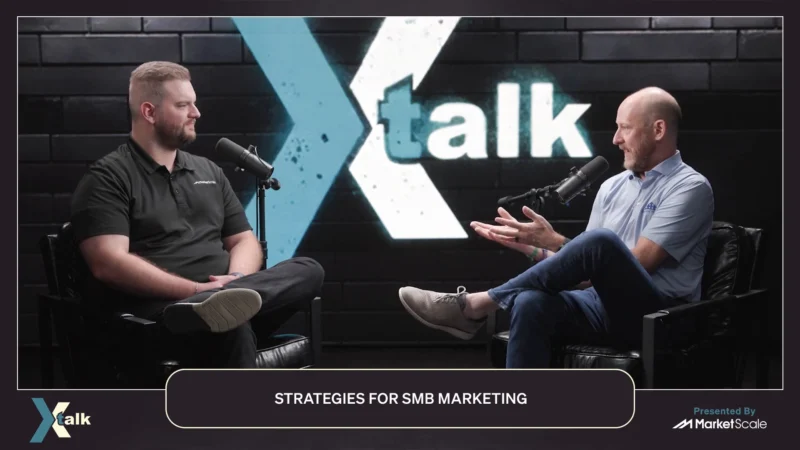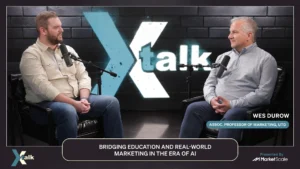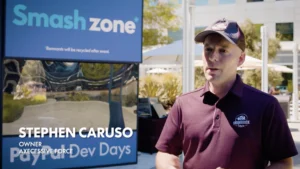Facebook Faces Pressure as Advertisers Press Pause on Hate: Business Casual
With 2.5 million monthly active users as of 2020, Facebook is arguably the largest social media site in the world. But is the company doing enough to prevent hate speech on its platform? According to stophateforprofit.org, the answer is no. Long criticized for their laxity in combatting hate speech, facing public pressure, employee unrest and the rapidly escalating Stop Hate for Profit advertiser boycott, Facebook’s Chief Executive Mark Zuckerberg said Friday that Facebook will remove posts that incite violence or attempt to suppress voting while affixing labels on posts that violate hate speech or other policies. However, in a growing protest over how Facebook has handled hate speech and other harmful content, the Stop Hate for Profit campaign is gaining momentum, with more than 400 companies—including well-known brands such as Verizon, Coca-Cola, Lego, Unilever, Honda, the Hershey Company, Ben & Jerry’s, The Clorox Company, Adidas, Ford, Denny’s, Volkswagen, Microsoft, Levi’s, Eddie Bauer, JanSport, Dockers and Target—vowing to halt advertising on the social network during July.
With 99% of Facebook’s $70 billion made through advertising—mostly from thousands of small-and medium-sized businesses, many of which can’t afford a cut in advertising scope and have little to no other platform to reach such a wide audience—on today’s Business Casual segment, MarketScale co-hosts Daniel Litwin and Tyler Kern hash out the consequences the Stop Hate for Profit boycott could have on Facebook:
- Will the small- to mid-sized companies be able to participate in the boycott, and if so, how?
- What happens if more companies sign on to the campaign?
- What if the boycott drags on longer than one month?
- How will the ramifications of the boycott impact Facebook’s consumer confidence and trust with established B2B partnerships?
- Will the campaign shakeup Facebook’s current hierarchy wherein Zuckerberg retains the most decision-making power for the company?
Listen to the podcast to hear the Business Casual crew discuss these points and more. And be sure to tune into the Business Casual podcast each Wednesday and Friday to stay abreast of the recent trends and hottest topics impacting B2B and our world. Also, check out MarketScale’s industry pages for the latest thought leadership, news and event coverage across B2B.








